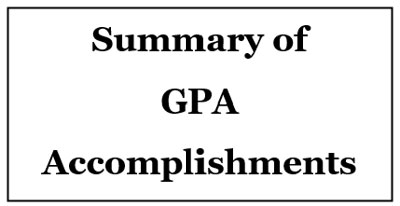A column about local history by Dennis Culliton, Guilford’s popular middle school teacher.
Guilford as History: A Rich Collection of Mysteries Waiting to Be Answered.
As a child, I walked in the woods and forests of my native Massachusetts and wondered at the stone walls, pens, and foundations of a past civilization that occupied and farmed almost every acre of land east of the Hudson River. I wondered how the early settlers, the Nipmuck Indians, and the later immigrants made a living in such a rocky habitat.
Twenty years ago, when I first lived in Guilford, and twelve years ago, when my family and I finally settled in Guilford and made it our home, the need to try to understand early settlers and how they made a living again formed inside me. Why did the Menunkatuck Indians settle here? Why did the salt box make sense for early residents? Where did the homeowners who owned such big houses around the Green make such a surplus of income to build such substantial houses? Who were the indentured servants, slaves, and immigrants who cleaned the stables, made the meals, and emptied the bedpans in those houses?
And Guilford also has signs of a past civilization of farmers, stone cutters, and foundry workers who made the town what it is and were absorbed into the population or relocated to new areas with new opportunities. In Guilford, we have many areas where the evidence exists to explore the contributions of those who sweated and toiled and drifted away.
Even our Green holds stories yet to be told (or forgotten and yet to be told again.) How many of the grave stones that were moved from the Green to the West End and Alderbrook were moved without the bodies? Why is the Civil War monument so prominent in a town that has been sending soldiers to war since the French and Indian War? Why does it appear that almost ten percent of the names on that same monument are from soldiers who fought and died in African American units in a town that has not had a substantial African American population in its history?
The Civil War monument holds many clues to the stories of the sixty-one men who died to preserve the Union. These clues can be followed to the Guilford Free Library where letters and diaries from Bentons, Parmelees, and Dudleys sit in cabinets waiting to tell the tales of a soldier’s life and battles from Antietam to Five Forks. These stories sit beside family records, historic photographs, ancient maps, and the diaries of men and women who thought enough about their lives in Guilford that some amateur historian might someday enjoy reading about how they lived.
There are even more mysteries to explore! Just Google Fitz-Greene Halleck (the subject of one of the largest statues in Central Park, New York, and of the largest monument in Alderbrook Cemetery) and try to explain why the most popular American poet from the 19th Century is virtually unknown in America (and Guilford) today.
I hope that in future columns I will be able to explain a few of these mysteries; but more importantly, I hope to whet your appetite for all of the interesting morsels of history that are waiting to be uncovered in this special place we call home. I also hope to introduce you to some of the historic resources and some of the great men and women who keep the stories of Guilford alive for this generation and for generations to come.




